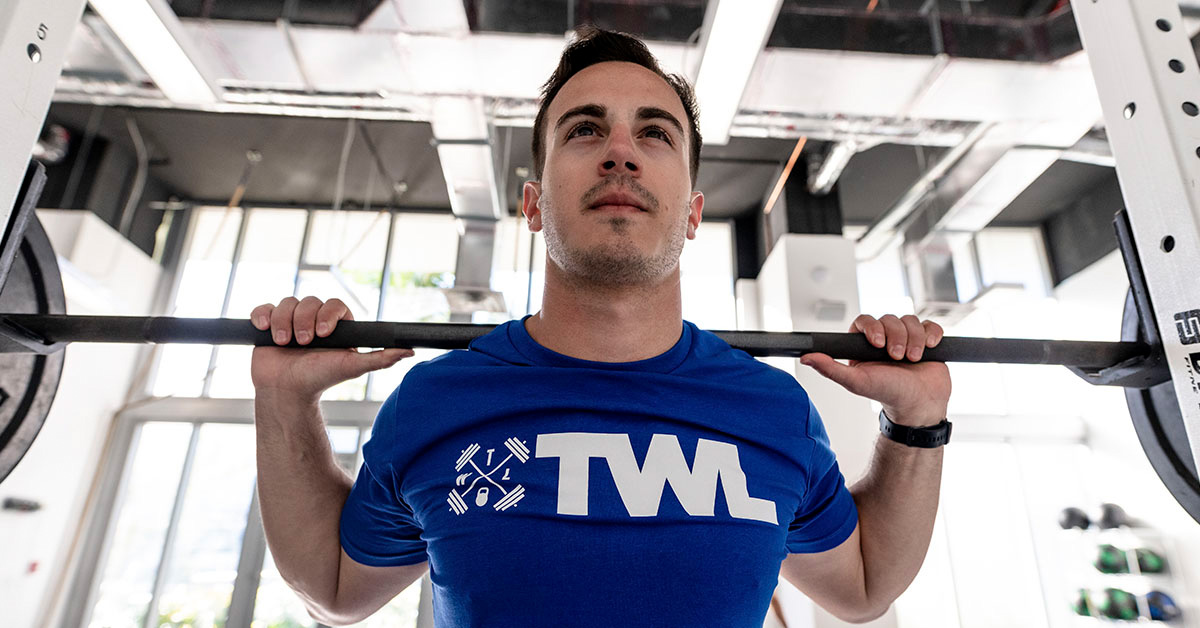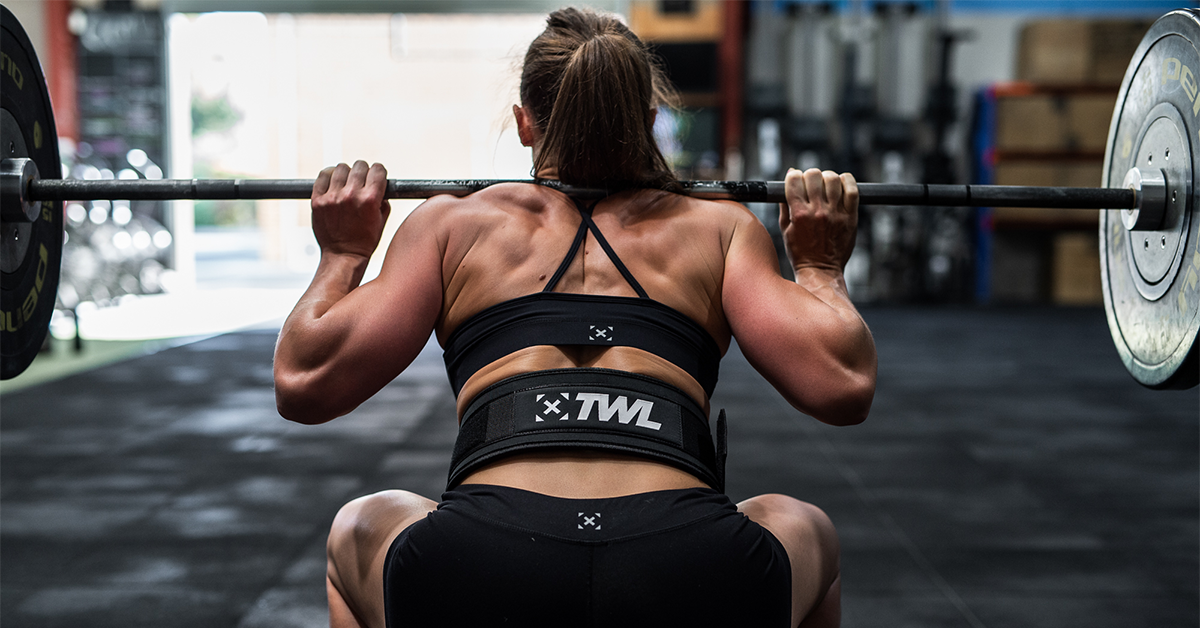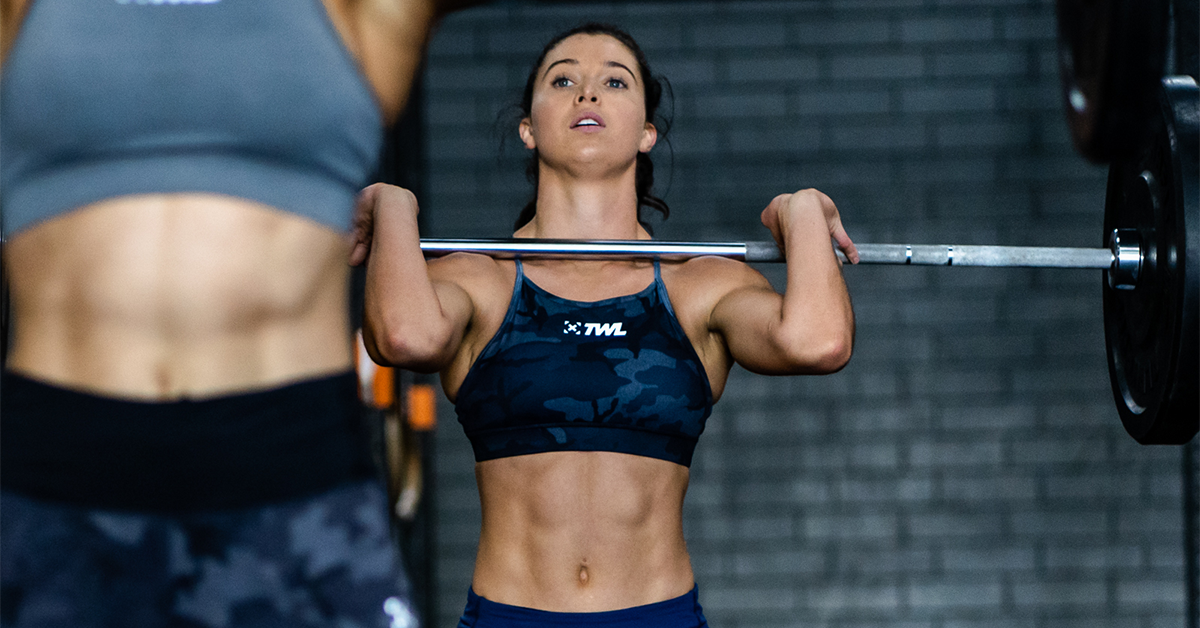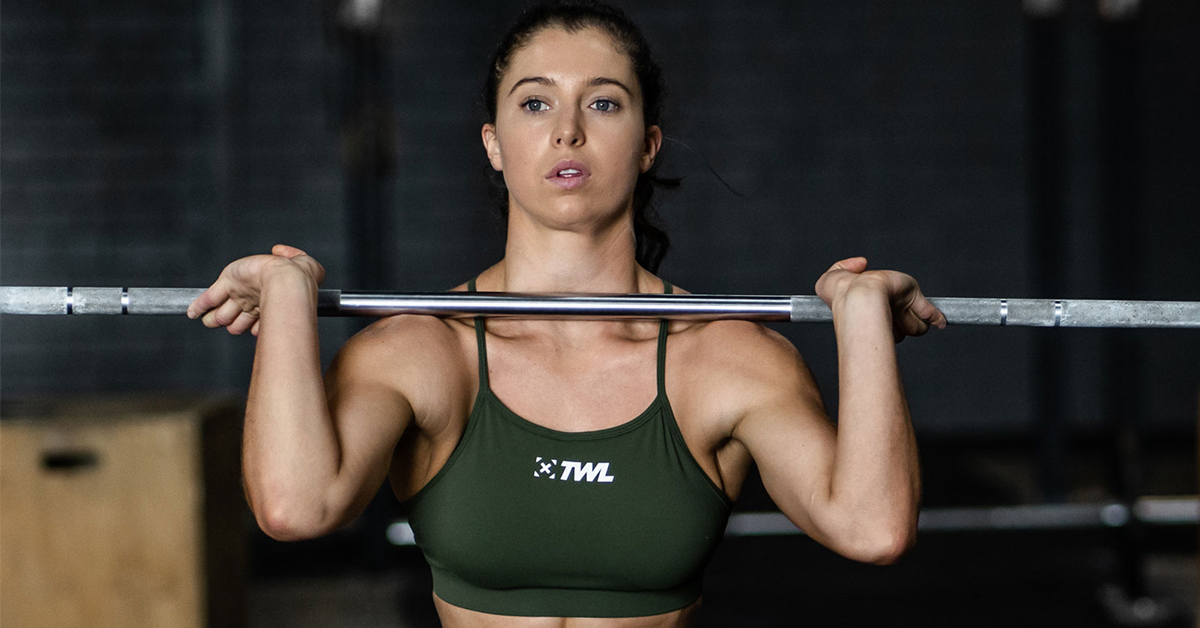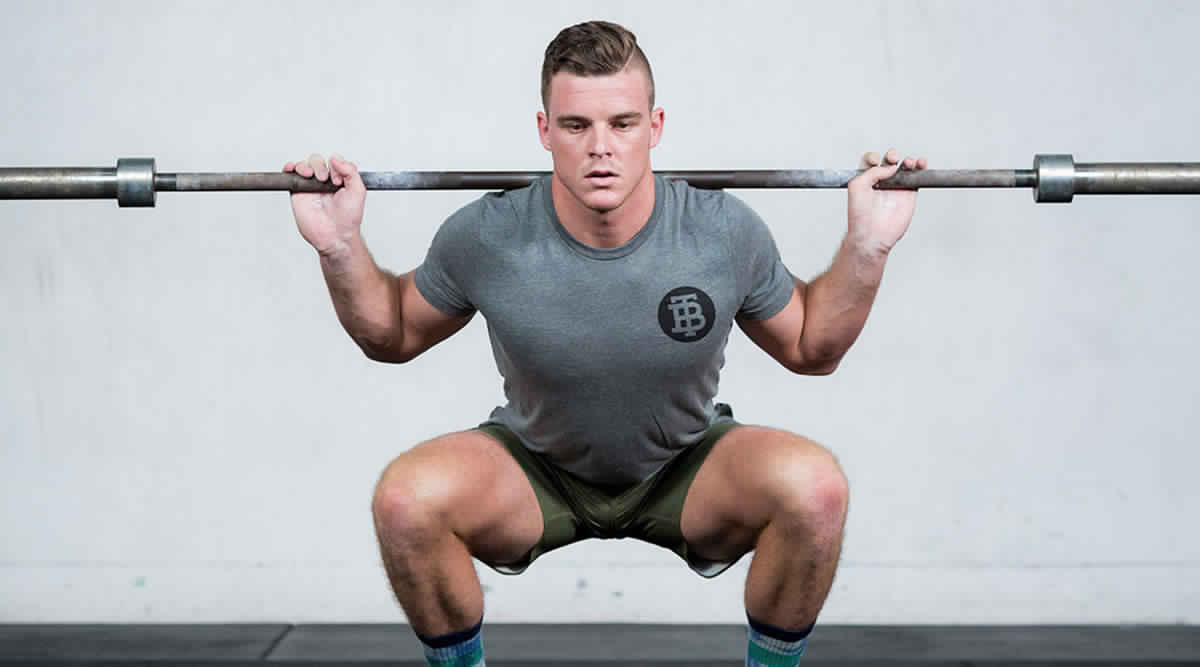Back squats should be at the heart of your workout regime. Hitting the quadriceps, hamstrings, calves, upper back, and abdominal muscles, this compound movement is integral to your training. It’s crucial you include it in your routine.
Unfortunately, there are a lot of unfounded rumors surrounding back squats which could well be holding you back. Luckily, we’ve got you covered here. Let’s bust open five of the most common myths and take a look at the facts.
5 Myths About Back Squats
1. One Size Fits All
What we mean here is the myth that everyone’s back squat should look the same. Your unique form, angles, and style will depend on a range of things from your hip width and stature to what your individual goals are. This particular aspect of your workout is as unique as you are.
The key here is tweaking your squatting style to suit what you need. If the current way you’re approaching this feels wrong, perhaps it is. Trial and error may not be the most scientific route, but it will help you find the back squat that suits you. Maybe your grip needs to be narrower or wider. Are your elbows pointing in the proper direction? How do you manage your breathing? If you’re lifting heavy, how do you like to wear your belt?
It’s about safe and effective technique, and it’s also about comfort.
2. Your Feet Should Be Wider Than Your Shoulders
How wide you set your feet is a hot topic when it comes to back squats. As a rule of thumb, many people believe your feet should be just a little wider than your shoulders. While that may work for the majority of lifters, you have to consider each person’s body type as well.
Everyone has slightly different anatomy. If you have very wide shoulders, for instance, this stance may not be comfortable or effective. Equally, some people have wider-set hips, which means they will need to adjust their feet accordingly.
That’s not all. You should also take into account where your hip sockets are positioned, and adjust your stance to suit your hips. Consider the natural shape of your physique before choosing a stance that works for you.
3. You Have to Look Up as You Squat
Do you look up when you lift? A major myth we’ve heard is you should keep your head up as you squat. The reason is understandable: your body mimics what your eyes do, meaning if you look up, your spine will stay tall. In reality, this technique could potentially do more harm than good. The position encourages cervical extension, which could prove dangerous.
Regardless of where you feel comfortable looking, what matters is you want to maintain a neutral (but engaged) spine. Commonly, this means keeping your chin slightly tucked and looking forward. This method promotes a neutral spine and means you’re not putting unnecessary and even dangerous pressure on the area as you move.
4. Heavy Back Squats are Bad for Your Knees
We’ve all heard this myth, but is there any truth in it? The short answer is no. It should go without saying if you have an ongoing knee condition, you need to consult with a medical professional before undertaking squats. However, if you’re generally healthy, there ought to be no reason you shouldn’t include this exercise in your WOD. Plus, gear like knee sleeves can add even more stability and protection.
There is one (hopefully obvious) exception. If you are executing poor back squats without the proper technique you need, it’s true you may experience pain. For instance, if you get out of the bottom of your squat by sticking your butt up first and then struggle to pry your back up after, soreness or injury could possibly result. If your knees are constantly caving in or your back is always rounded, don’t expect any miracles.
When something like this happens, stop, tweak your technique, and try again. You could also try loading the barbell with a lighter weight too. In fact, you should always master movements at lighter weights before moving up.
5. The “Butt Wink” Damages Your Back
Have you heard about the dreaded “butt wink?” This is the term many coaches and athletes use when your pelvis tucks in at the bottom of your squat. The problem here is supposedly that it causes your back to move into a dangerous position, especially when you’re bearing a large load.
The truth is if your pelvis moves a little as you execute back squats, it shouldn’t cause you any harm. It’s only if your pelvis goes into full flexion, i.e. shifts dramatically out of place, that you may have a problem.
So, what are you waiting for? Now you know all the facts when it comes to back squats, there’s no better time to get training. Including this exercise in your workouts will boost your overall body strength more than you know. Happy squatting!
Have your squats plateaued? We can help! Check out our squat program — gains are around the corner.

